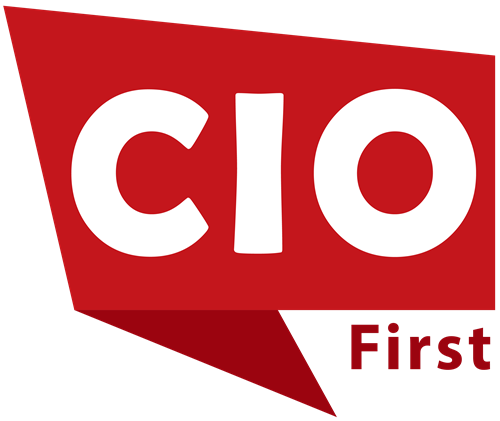Nokia announced new software tools and AI-models that significantly improve operational efficiencies and enhance network reliability. The new digital features, part of Nokia’s Altiplano platform, will enable operators to create a comprehensive digital twin of their FTTH network and establish a single unified view of active and passive components. This helps reduce operational cost and improve FTTH reliability, giving operators the capabilities to detect disruptions earlier and more quickly resolve incidents on the first attempt.
Operators deploying FTTH networks face limited visibility into the passive outside plant, resulting in inventory errors, costly repeat truck rolls, cost overruns and service delays. With better visibility to the outside plant, operators can fix problems faster, expand networks efficiently, and deliver more reliable broadband to their communities.
Nokia Altiplano gives operators a unified, real-time view of their FTTH networks, using automation tools to streamline processes and continuously validate inventory, topology, and resource data. Operators can also access Nokia’s new Fiber Health Analyzer and Subscriber Line Identifier application from its growing Altiplano Marketplace. The new AI-powered Fiber Health Analyzer application allows operators to monitor the health of fiber links, audit the imported topology, isolate fiber faults, proactively detect issues, perform root cause analysis and improve service quality. With the new Subscriber Line Identify application, operators can verify splitter connectivity with minimal disruption or update inventory in real time to accurately reflect network realities.
Also Read: IBM Unveils Granite 4.0: A New Chapter in Efficient, Enterprise-Ready AI
The Altiplano digital twin capabilities are compatible with diverse inventory and geospatial software solutions, work effectively in greenfield or brownfield deployments, and come pre-integrated with Nokia Broadband Easy digital platform for automated fiber rollout and operations.
“We can help operators eliminate the blind spots associated with FTTH deployments by removing the need to look at the active and passive network independently. Our software tools and digital platforms provide a unified view of the network, allowing operators to detect issues faster and resolve them before they escalate. This results in significant operational advantages, cutting costs and improving both the reliability and accuracy of network builds,” said Geert Heyninck, General Manager, Broadband Networks at Nokia.
“Nokia’s automation and AI-powered tools not only help us to improve operational efficiencies but also enhance the reliability of our FTTH network. We can now detect disruptions earlier and resolve incidents more quickly to ultimately improve the subscriber experience,” said Danvig De Bruyn, CEO, fibertime.
“Digital twins and AI tools will play an important role in autonomous networks. By unifying active and passive components in a single view, operators can minimize disruptions, resolve issues swiftly, and deliver reliable, cost-effective broadband that sets a new connectivity standard,” said Jaimie Lenderman, Principal Analyst, Omdia.
SOURCE: GlobeNewswire
























